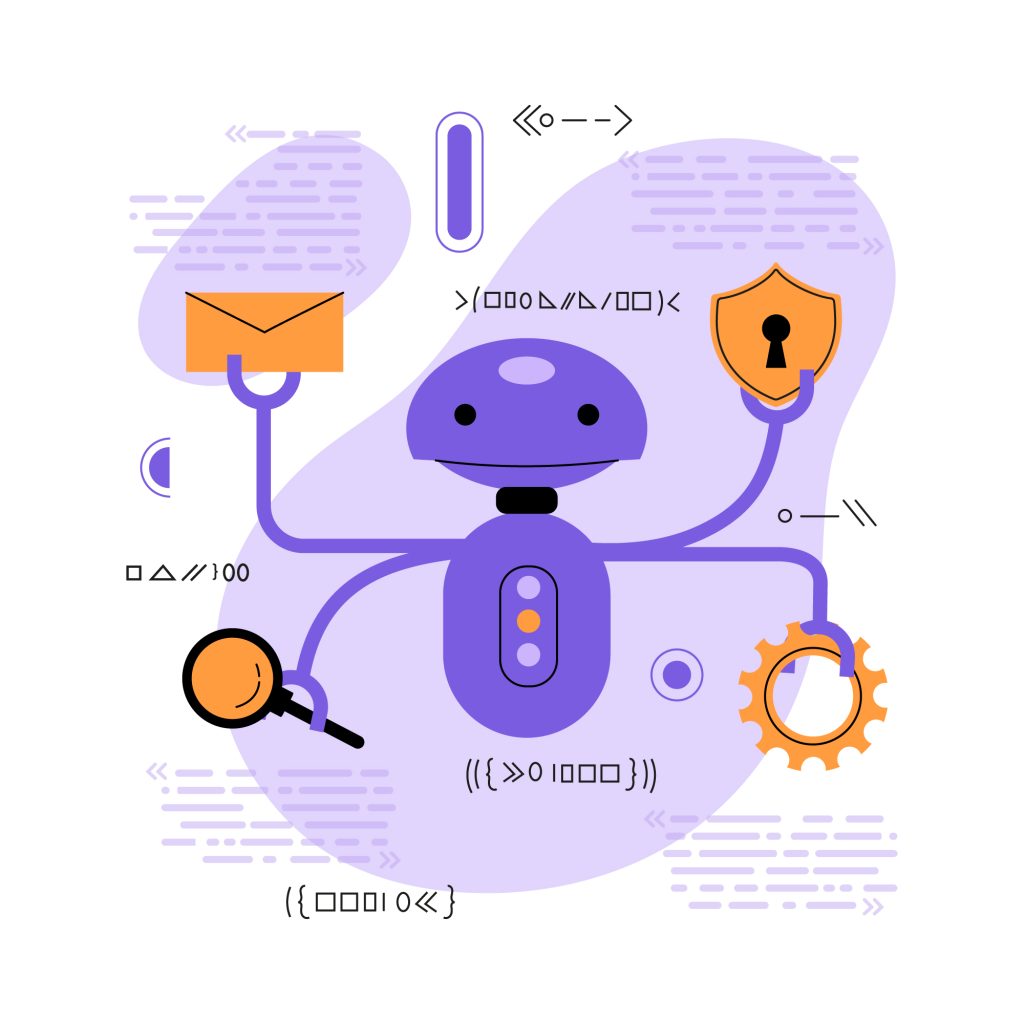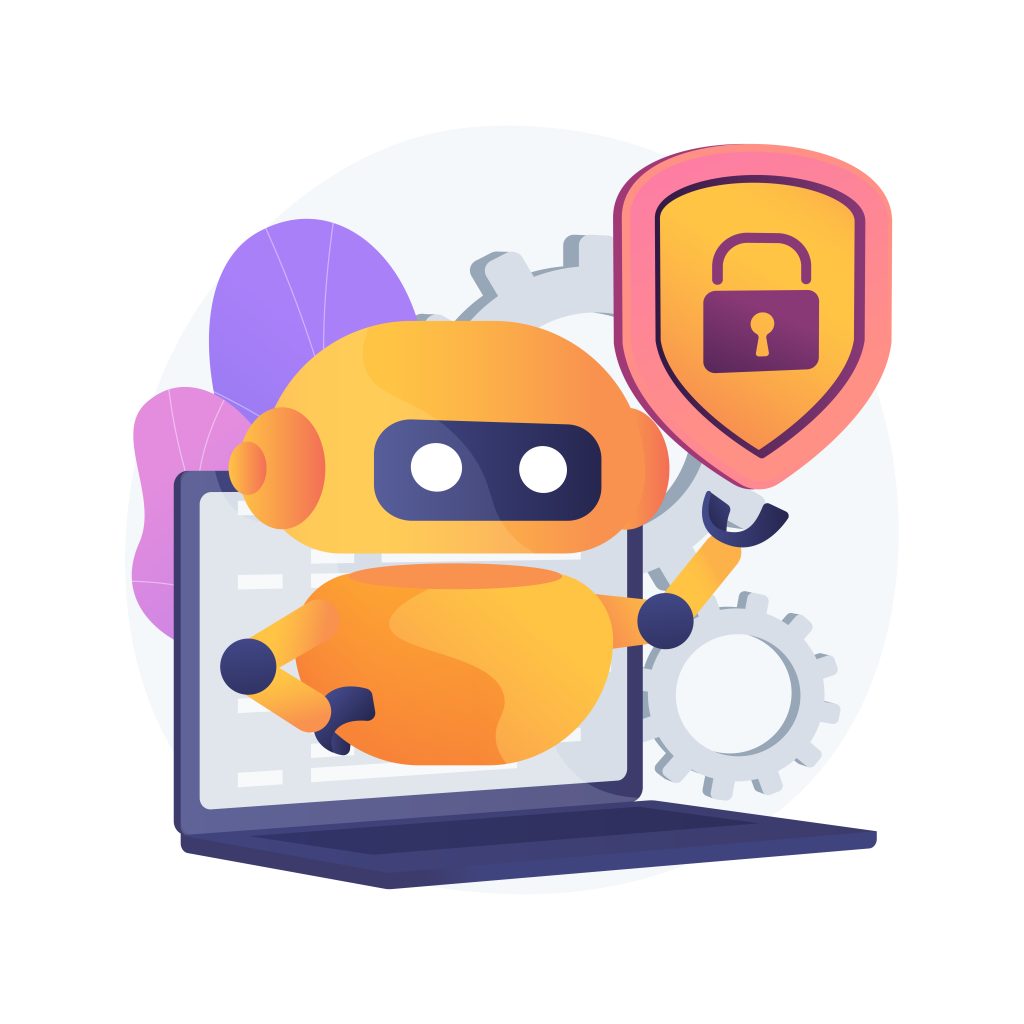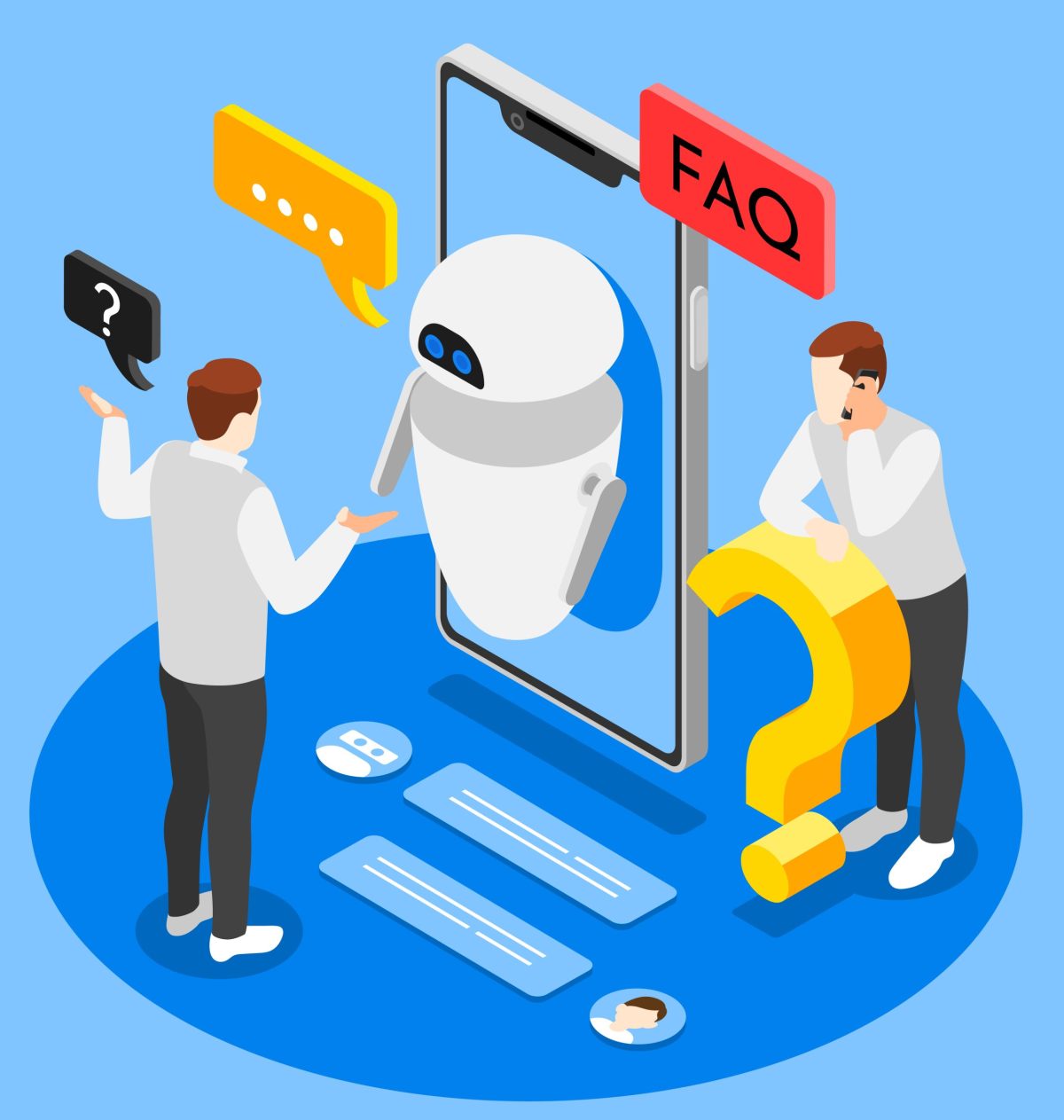As artificial intelligence becomes woven into every digital layer, understanding AI Security is no longer optional; it’s essential. In 2025, as cybercriminals increasingly utilise AI for deepfake scams and voice cloning, businesses must remain informed and vigilant. This blog addresses the top 10 AI Security Questions and Answers and provides clear answers to keep your organisation secure in an evolving landscape.
What is AI Security?
AI Security refers to the use of AI to enhance cybersecurity, defending systems, data, and networks against AI-powered threats. It also includes protecting AI systems from manipulative attacks. With AI-driven impersonation scams and adversarial hacking on the rise, a robust AI security posture has never been more crucial.
Top 10 AI Security Questions & Answers for 2025
1. How does AI detect deepfake voice or image attacks?
AI security tools analyse biometric patterns and compare them against authentic datasets. Advanced models detect subtle anomalies in audio or visuals, such as unnatural speech inflexions or pixel inconsistencies, enabling the early interception of deepfake breaches.
2. Can AI defend against AI-powered phishing campaigns?
Yes. AI in security scans emails and messages to spot deceptive language, malicious links, and abnormal sender behavior. As criminals use AI to craft hyper-personalised phishing, security systems leverage counter-AI to filter and block such threats.
3. What are adversarial attacks, and how are they mitigated?
Adversarial attacks involve subtly manipulated inputs designed to confuse AI models. These can disrupt image recognition, for example. Mitigation includes adversarial training, adversarial detection layers, and rigorous model validation to ensure AI-driven systems remain reliable.
4. How can AI prevent insider risks and data leaks?
AI monitors user behavior, identifying unusual file access patterns or sudden data transfers. By flagging anomalies in real time, AI helps prevent data breaches before they escalate.
5. What makes AI essential for network security?
AI systems identify suspicious network activity, like data exfiltration or unauthorised access, more swiftly and accurately than traditional systems. They adapt to evolving threat landscapes, bolstering defence in dynamic enterprise environments
 6. Is AI reliable for real-time threat detection?
6. Is AI reliable for real-time threat detection?
Absolutely. AI’s pattern recognition and predictive capabilities enable fast, real-time detection of anomalies, reducing response time dramatically compared to traditional methods.
7. How does AI security protect AI models?
AI security frameworks prevent tampering with AI models via encryption, federated learning unauthorised data injection. They ensure model integrity, accuracy, and reliable performance over time
8. Can AI identify vulnerabilities in code before deployment?
Yes. AI-based scanners review code to find security flaws and potential exploits. While not perfect, they complement human code reviews and enhance software quality.
9. How does AI security support compliance and audits?
AI systems generate real-time compliance reports and audit trails automatically. They document changes, threats, and responses, ensuring transparent records for regulators.
10. Are AI-driven security systems future-proof?
AI security is adaptive but must evolve alongside emerging threats. Continuous learning, regular retraining, and implementation of “trustworthy AI” principles, like explainability, data privacy, and accountability, are key to future resilience.
The Cost of Neglecting AI Security
Organisations that delay adopting AI-driven security expose themselves to serious risks:
1. Increased Exposure to Deepfake & Vishing Attacks:
AI-enabled impersonations, like recent high-profile scams, can mislead staff and siphon sensitive information.
2. Slower Threat Detection:
Without AI, intrusion patterns may go unnoticed, leading to extended breaches and greater damage.
3. Inadequate Model Protection:
Weak defences leave AI systems vulnerable to tampering, model theft, or malicious manipulation.
4. Compliance Failures:
AI tools support robust audit trails; without them, businesses are vulnerable to regulatory penalties and reputational loss.
 How Stratpilot Strengthens Your Cyber Posture
How Stratpilot Strengthens Your Cyber Posture
Stratpilot acts as your intelligent AI security co-pilot. It guides teams through AI Security Questions and Answers, AI security best practices, simplifies risk analysis, and provides actionable insights:
1. Real-Time Risk Alerts:
Stratpilot analyses organisational usage of AI, highlighting vulnerability areas and best practices.
2. Guided Security Governance:
Through pre-built prompts and workflows, Stratpilot helps enforce “trustworthy AI” standards, transparency, governance, and ethical handling of data.
3. Decision Support for Teams:
When security threats arise, Stratpilot offers recommendations grounded in up-to-date threat intelligence, helping teams respond swiftly and confidently.
In essence, Stratpilot equips your organisation with a proactive approach to AI security, ensuring your AI adoption is both effective and secure.
Ready to secure your AI infrastructure for tomorrow? Book a demo for Stratpilot today and safeguard your operations with advanced AI Security insights and intelligent guidance. Don’t wait, build resilient AI defences now.
Frequently Asked Questions (FAQs)
Q1: Can AI security solutions differentiate between authorised and unauthorised AI applications?
Yes. AI can detect unauthorised AI usage (known as Shadow AI) and highlight potential data leakage or compliance violations
Q2: Do AI security tools generate false positives?
Modern AI security tools use contextual learning to refine detection accuracy over time, significantly reducing false alerts compared to earlier iterations.
Q3: How often should AI security models be retrained?
AI security models should be updated regularly, monthly or quarterly, with fresh threat data and new adversarial patterns to stay relevant.
Q4: What role does explainability play in AI security?
Explainability is crucial. Being able to trace how and why a model is planned is essential for trust, compliance, and improving defences.
Q5: Is AI security only for large enterprises?
No. Even small and mid-sized organisations can benefit. Stratpilot, for example, offers scalable AI security frameworks that are easy to implement at any size.





